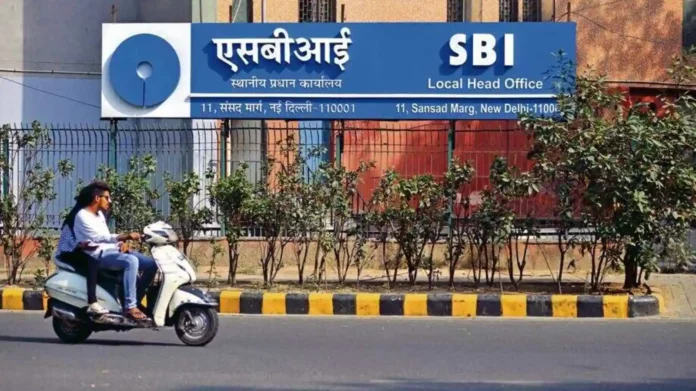MUMBAI: The country’s largest lender, State Bank of India (SBI), has increased its lending to the infrastructure sector, which includes roads, ports, and power, in FY22, in response to heightened demand for credit from private enterprises.
According to the bank’s Basel III reports, infrastructure accounted for nearly 10% of all new loans in FY22, up to 3% in the previous financial year.
SBI’s total industry exposure expanded by 3.5 trillion in FY22––both fund-based and non-fund based––with incremental infrastructure loans totaling 34,167 crore. SBI’s exposure to all industries increased by 1.5 trillion rupees from FY20 to FY21, with infrastructure loans accounting for 4,614 crore rupees.
The state-owned institution appears to have increased its infrastructure financing efforts at a time when the government is aggressively pushing capital expenditure expenditures to help the economy recover. The Union government set aside 7.5 trillion for capex investment in FY23, a 35 percent increase over the previous fiscal year.
According to Reserve Bank of India (RBI) data, bank loans to the infrastructure sector increased 10% year on year in April.
Infrastructure finance has been a long time coming, according to experts watching the banking industry, especially after the stress that followed the last round of financing, which included power, coal, and a few other sectors. Infrastructure finance had become extremely risky for banks.
It was also due to a lack of sufficient funds to fund significant infrastructure projects. Fresh initiatives are often riskier and inefficient in terms of capital efficiency, necessitating banks to dedicate more capital to such lending. “Things have improved marginally, albeit the recovery is not yet widespread.
“We feel state banks are still cautious and selective because their capital buffers are still somewhat inadequate,” said Saswata Guha, senior director of Fitch Ratings’ Indian bank ratings. SBI has also noticed an increase in the use of loans that were previously approved but were just recently put to use by businesses.
SBI’s working capital limitations were 46 percent unutilized as of March 31, compared to 50 percent at the end of December previous year. Unused credit for term loans is around 19 percent of the sanctioned amount, according to the bank, indicating possible credit offtake in 2022-23.
“We have already sanctioned for ports and airports, and we are going to finance a lot of infrastructure-related initiatives,” SBI chairman Dinesh Khara stated after the bank’s March quarter results were released on May 13th.
India’s top lender isn’t the only one who thinks infrastructure finance is a good idea. In FY22, large lenders like Bank of Baroda and Canara Bank saw an increase in such loans. Infrastructure exposure at Bank of Baroda climbed by 34%, while infrastructure loans at Canara Bank increased by 32%.
Follow and connect with us on Facebook, LinkedIn & Twitter.

